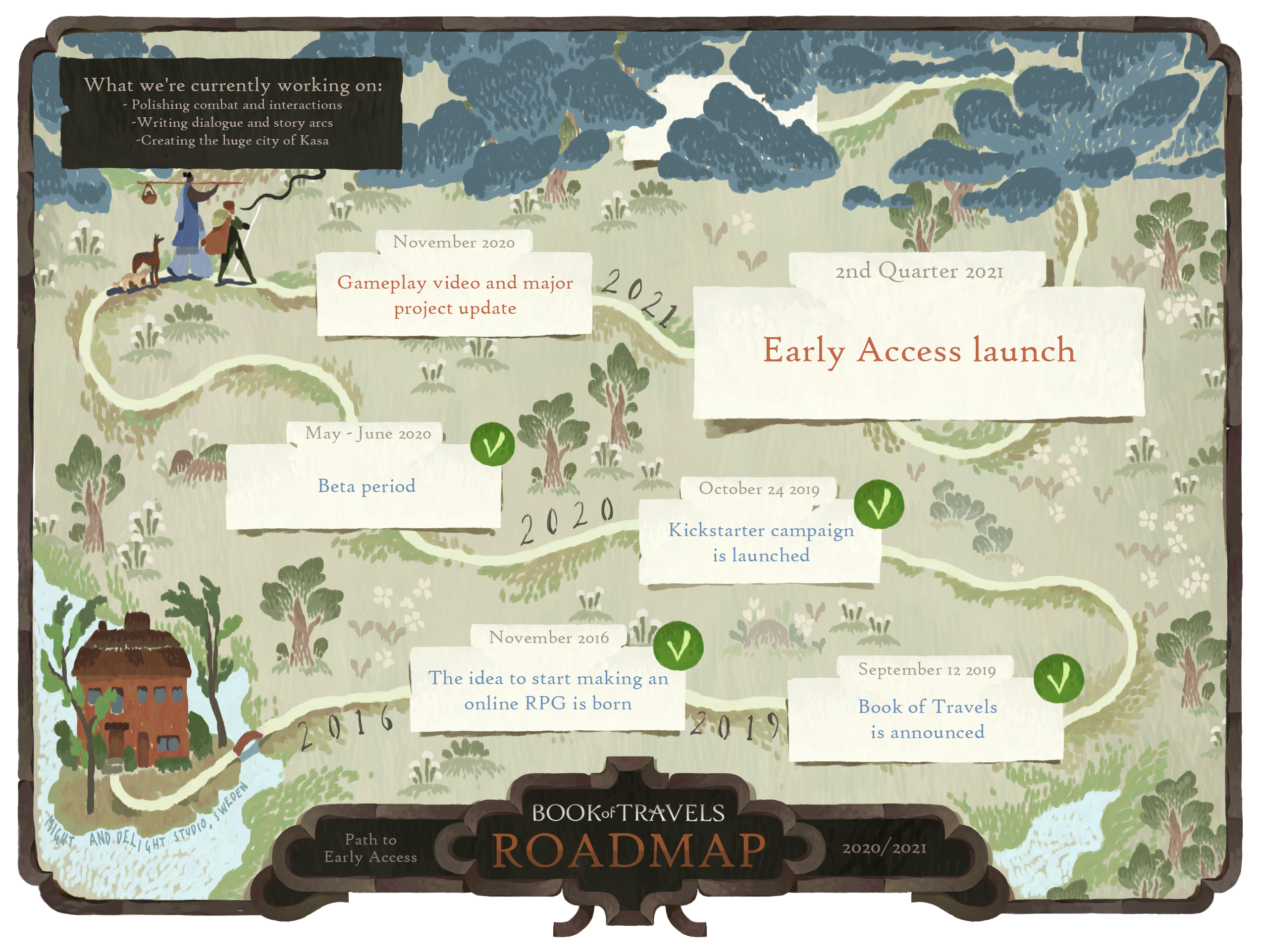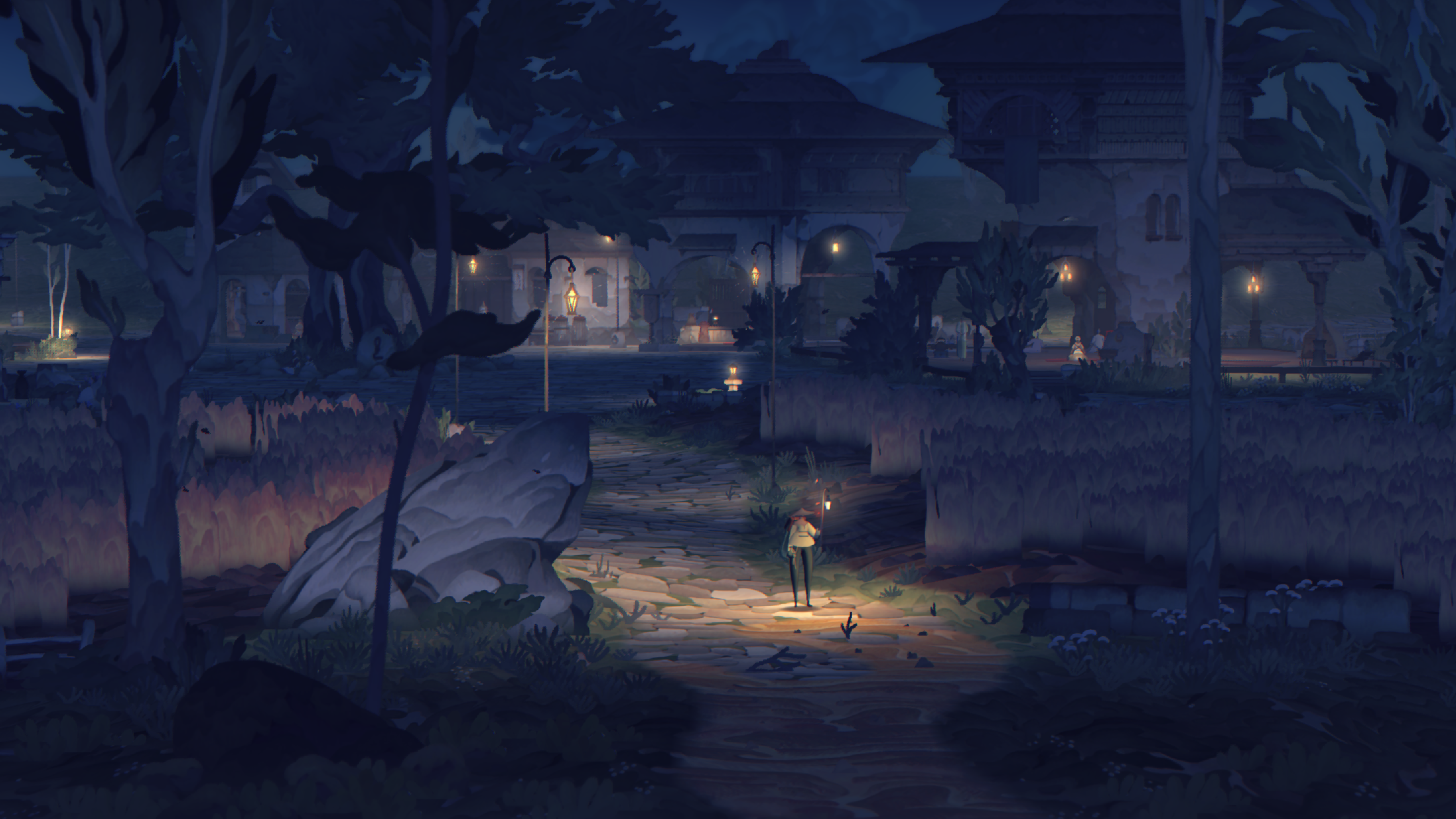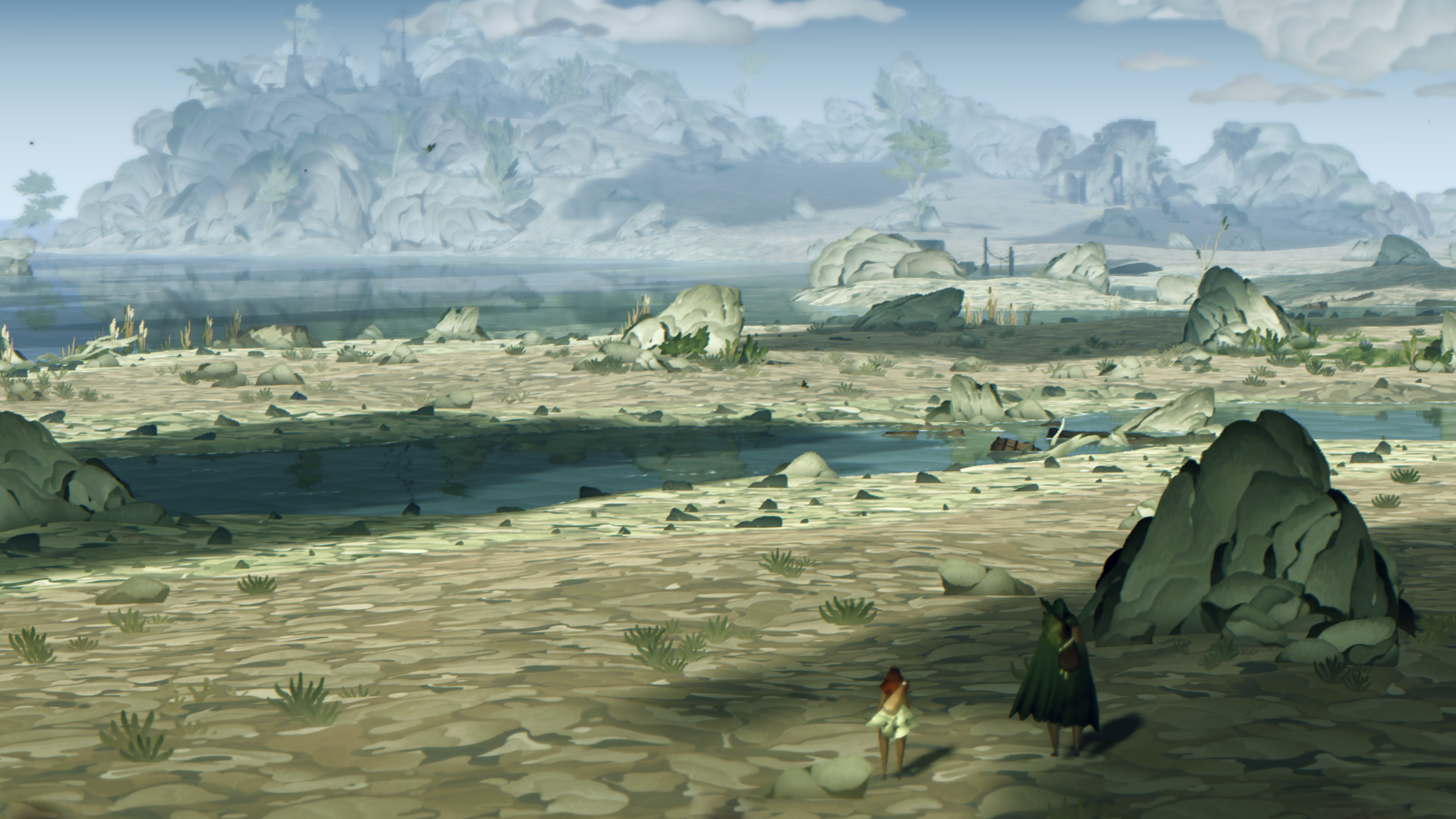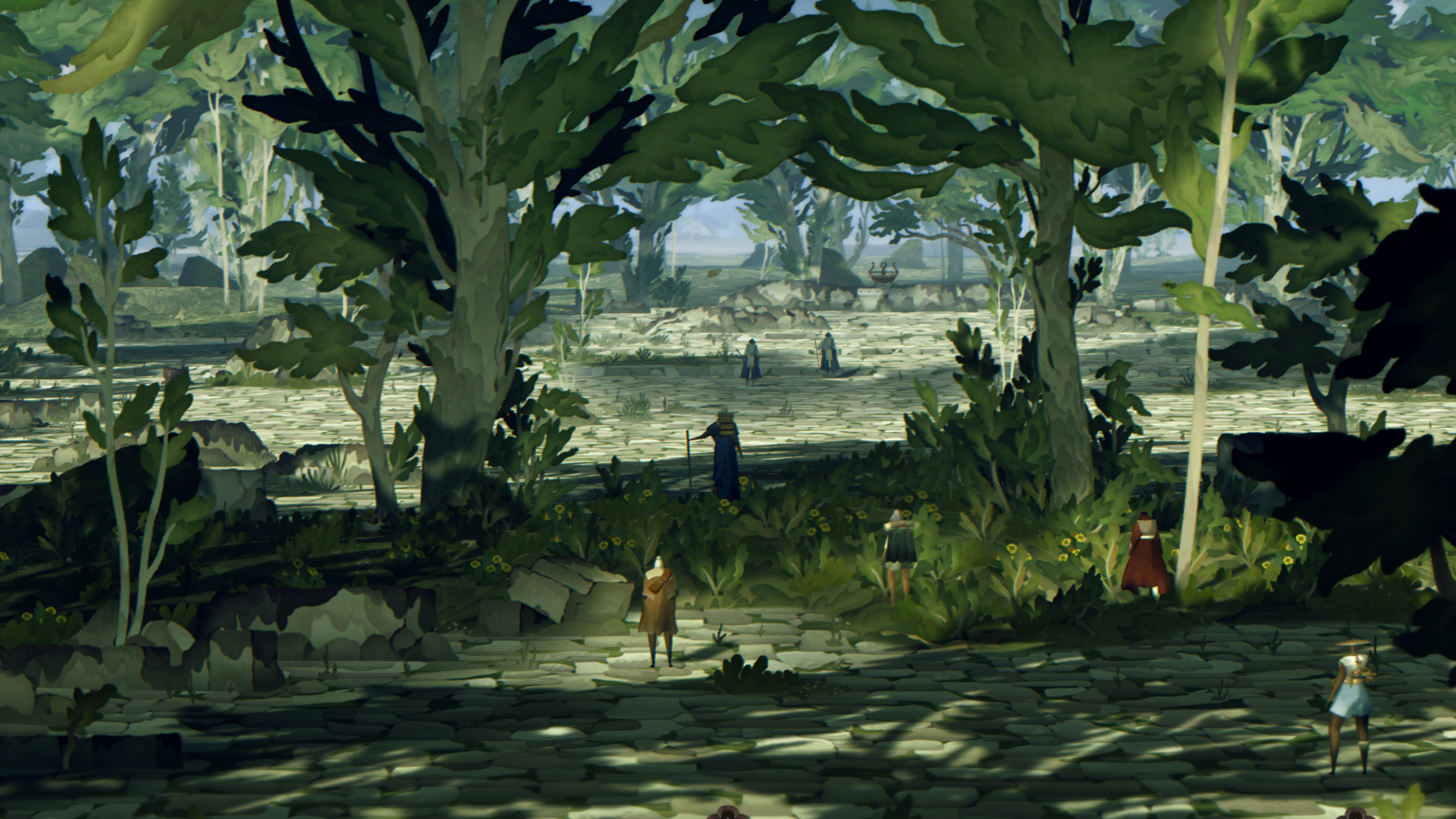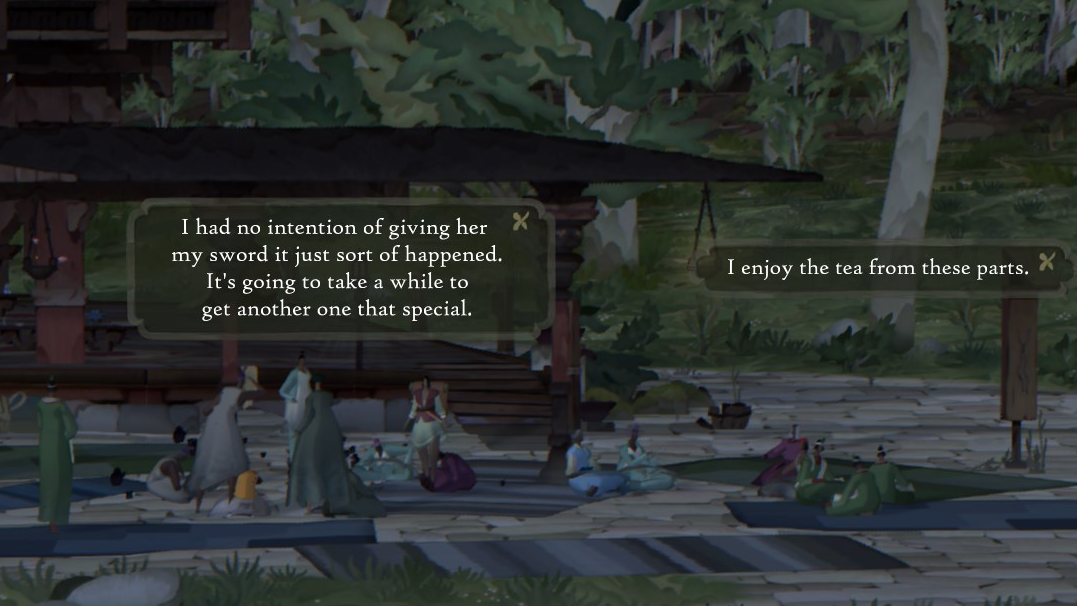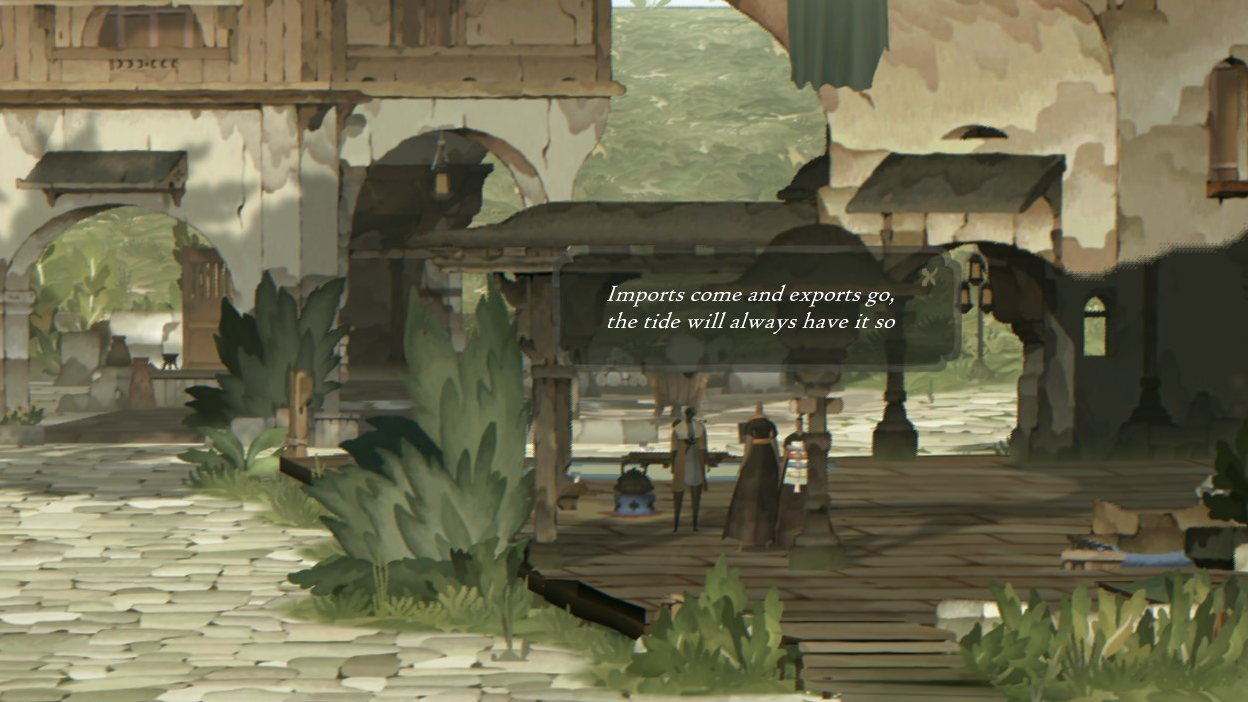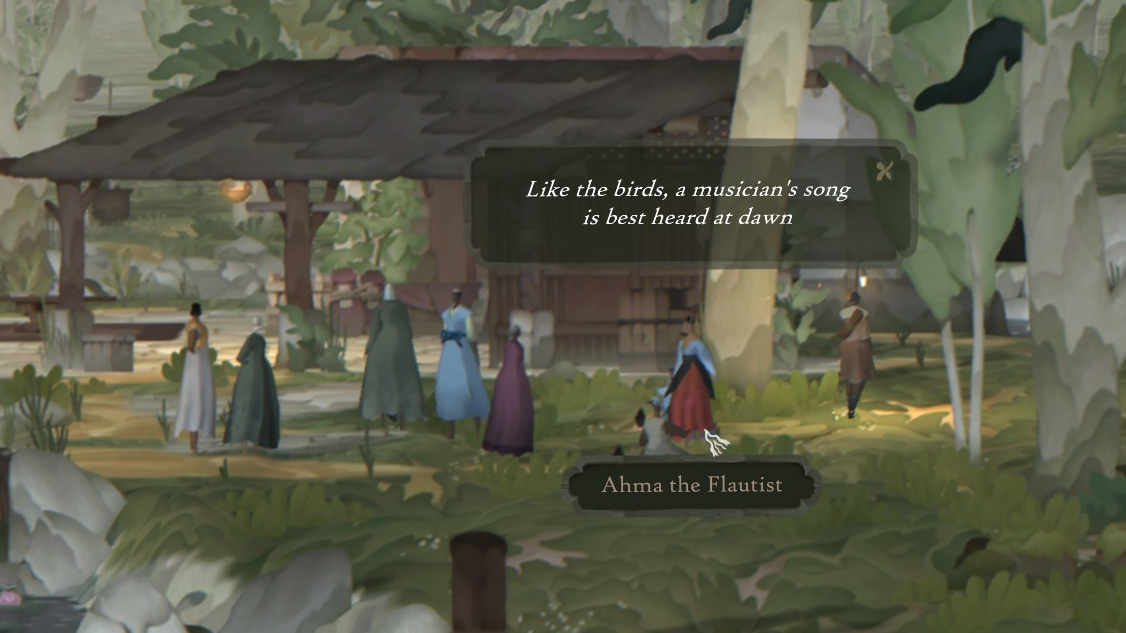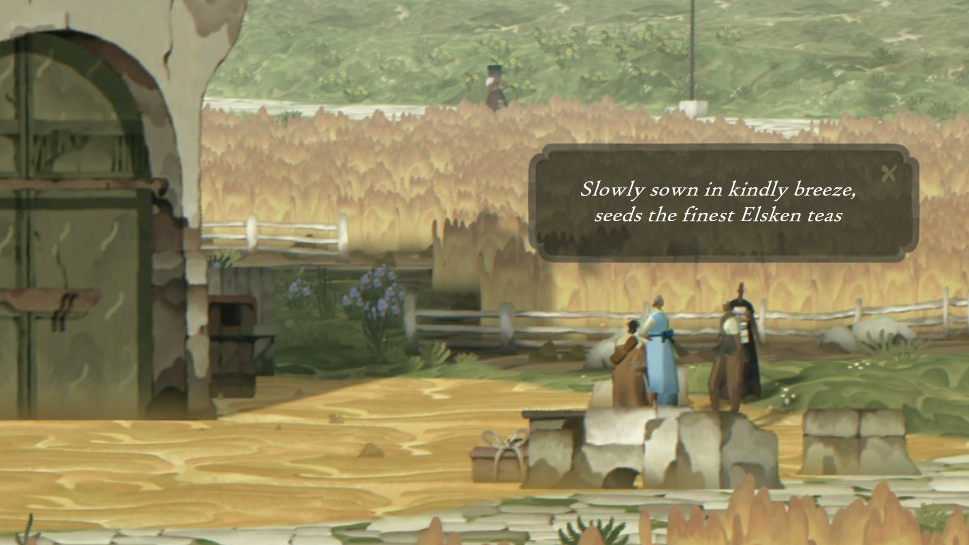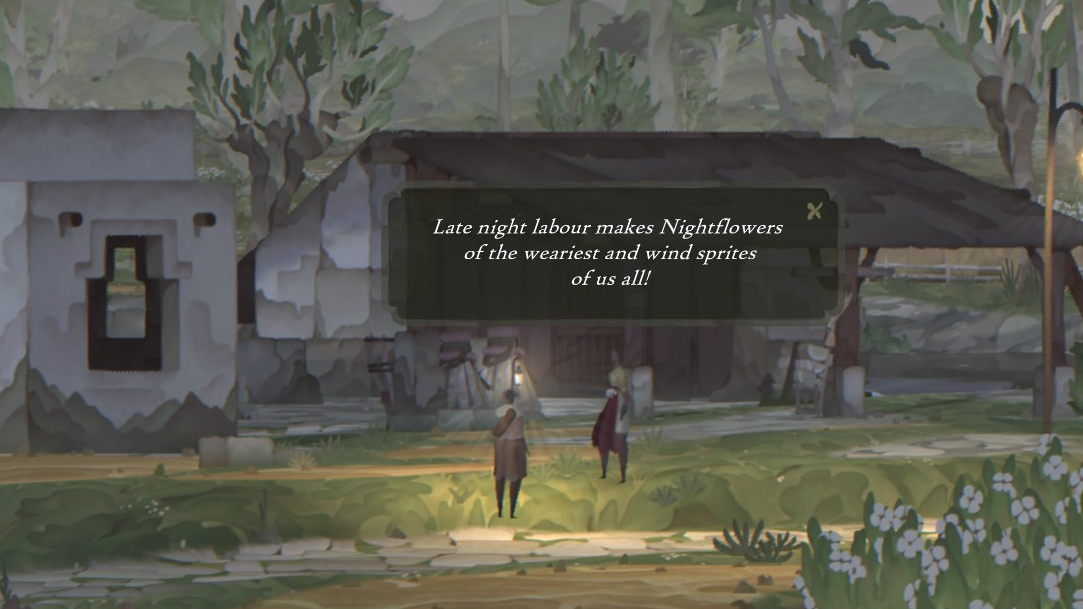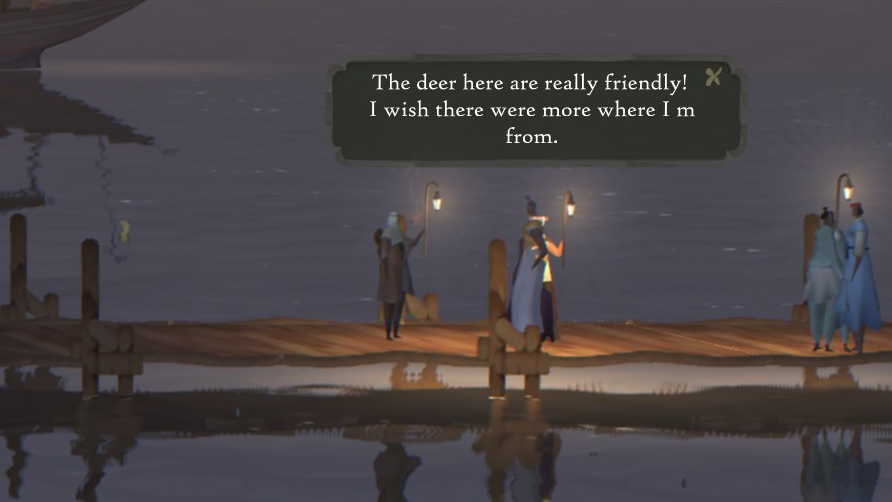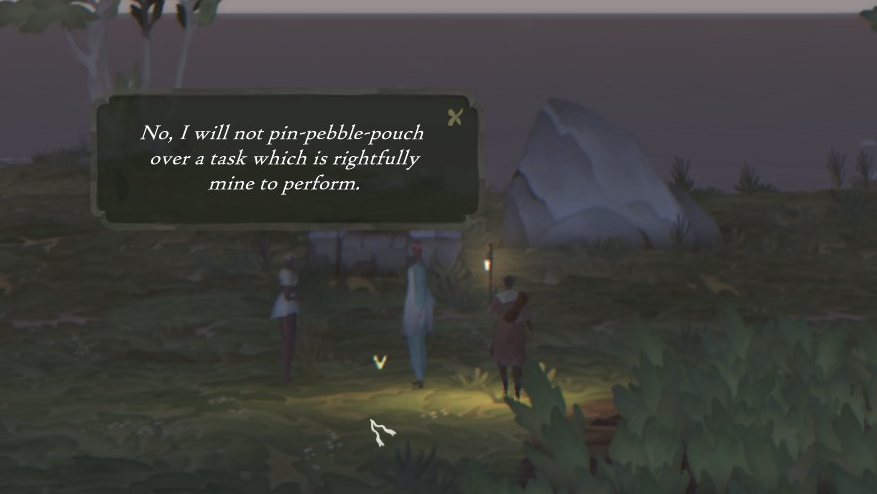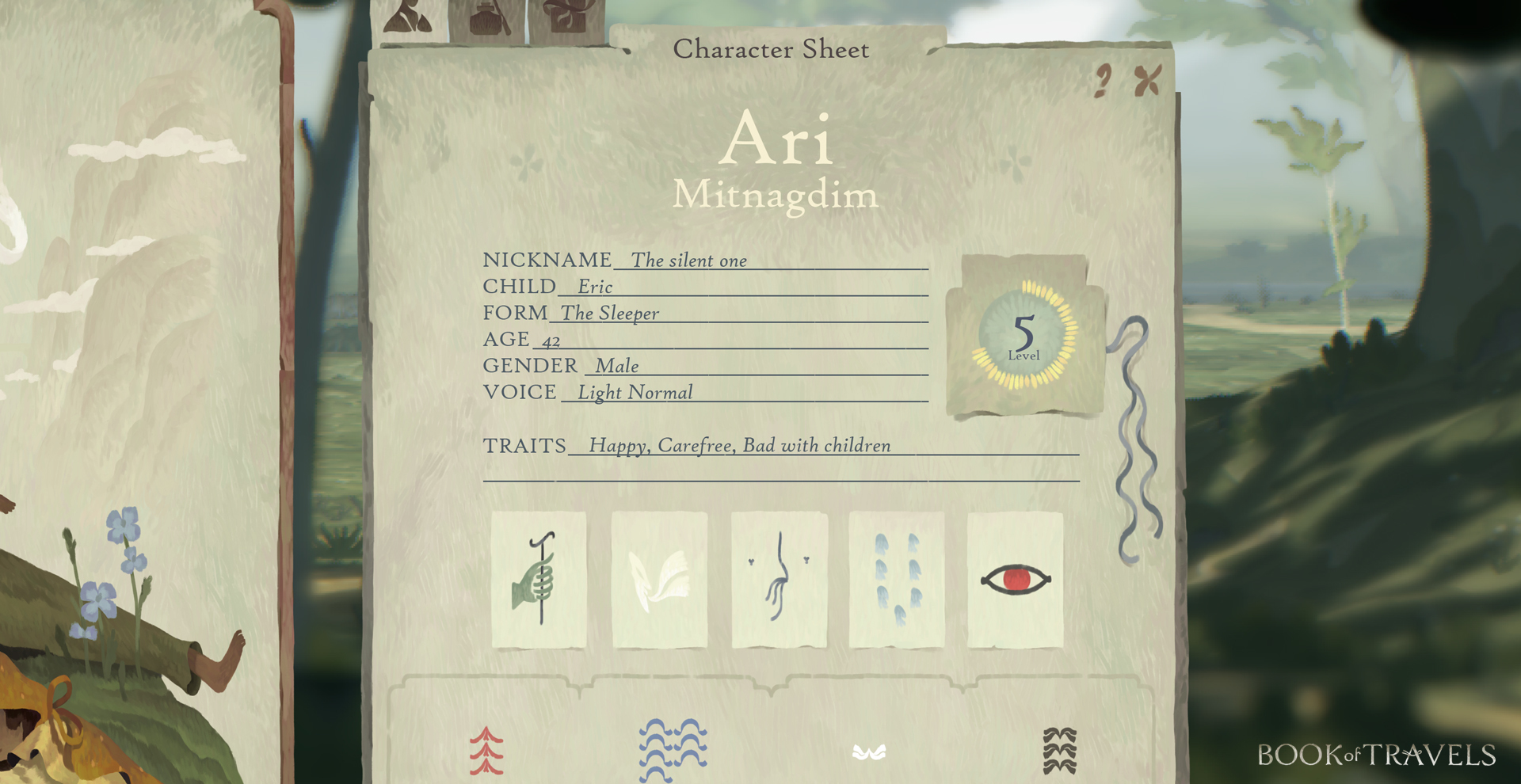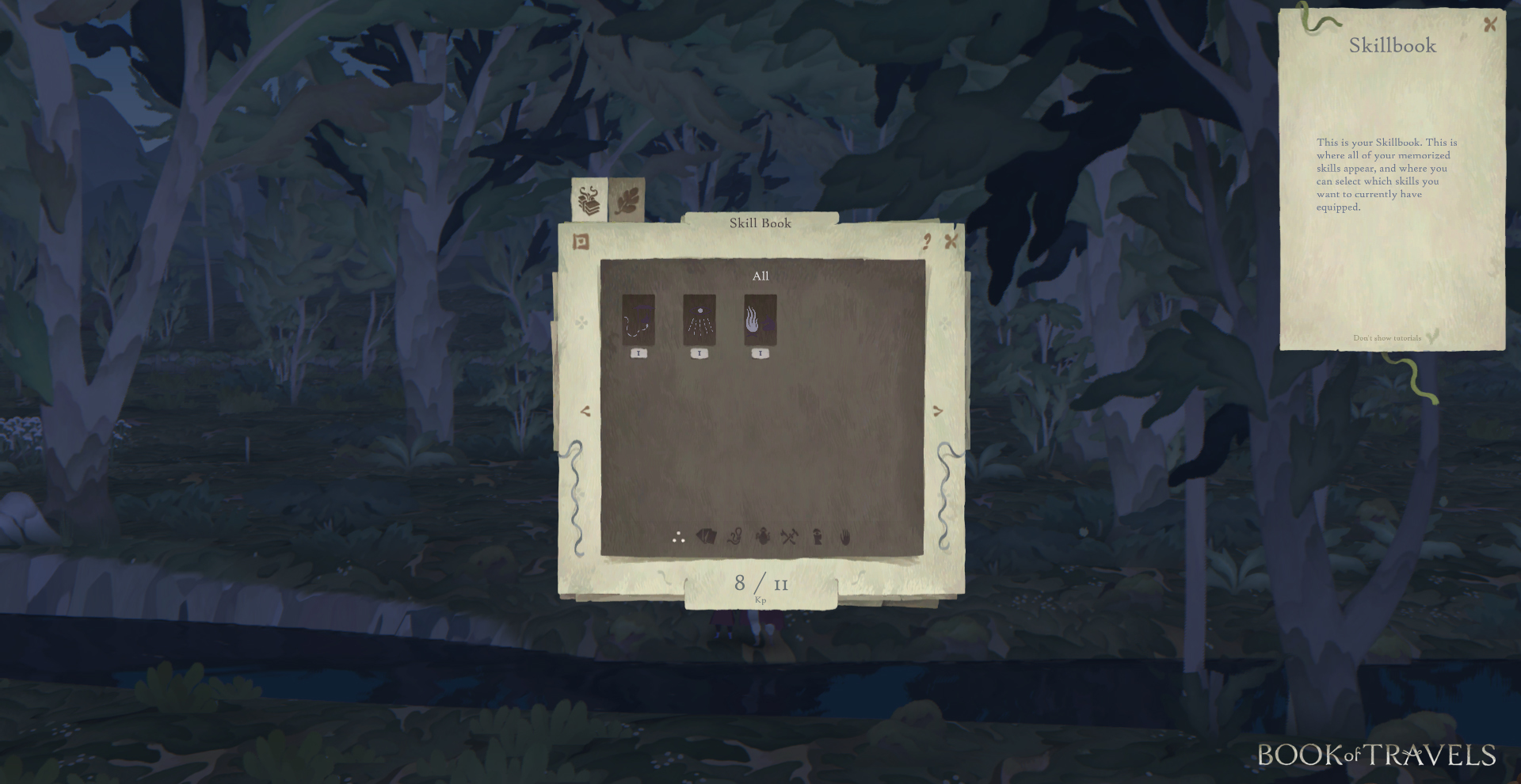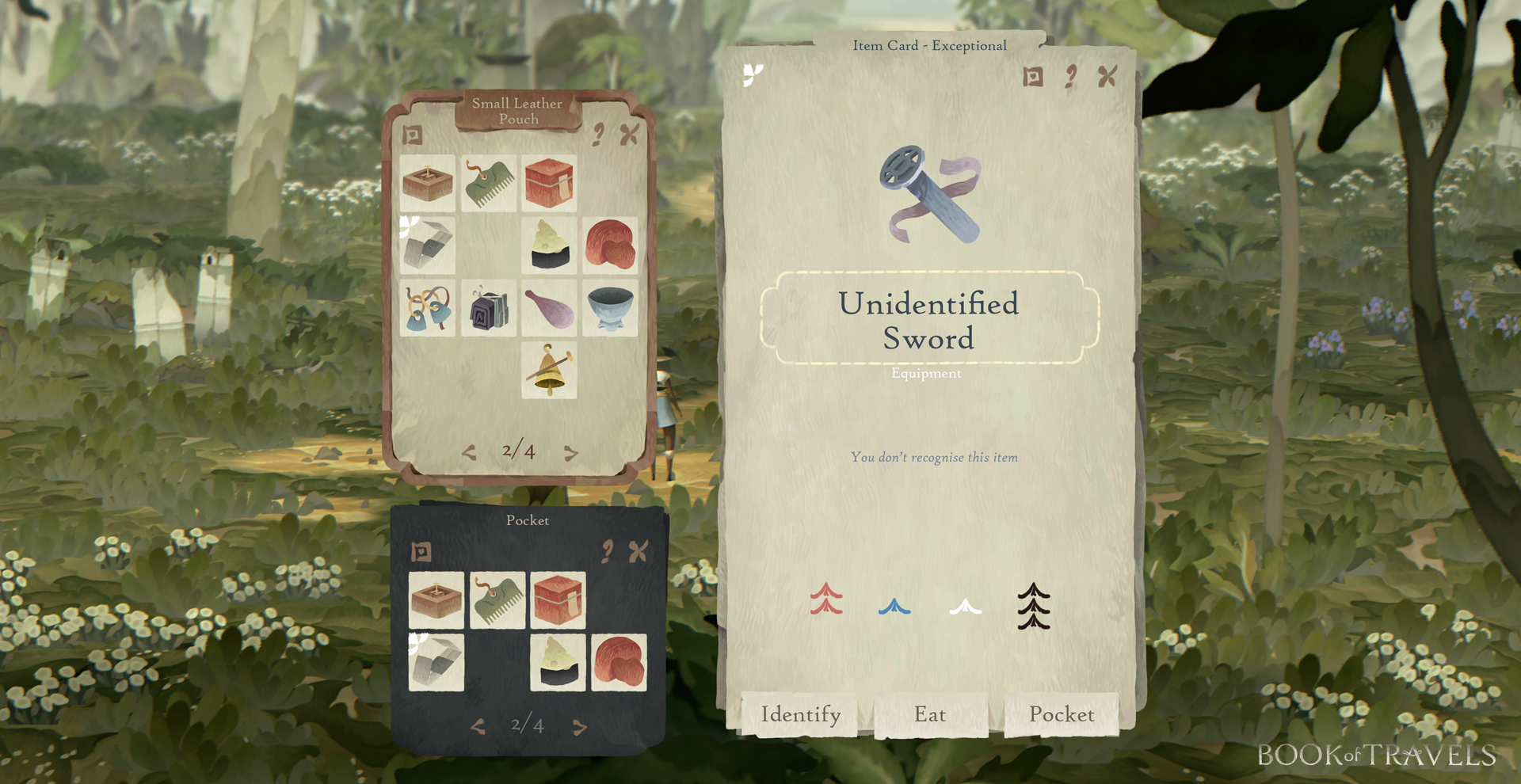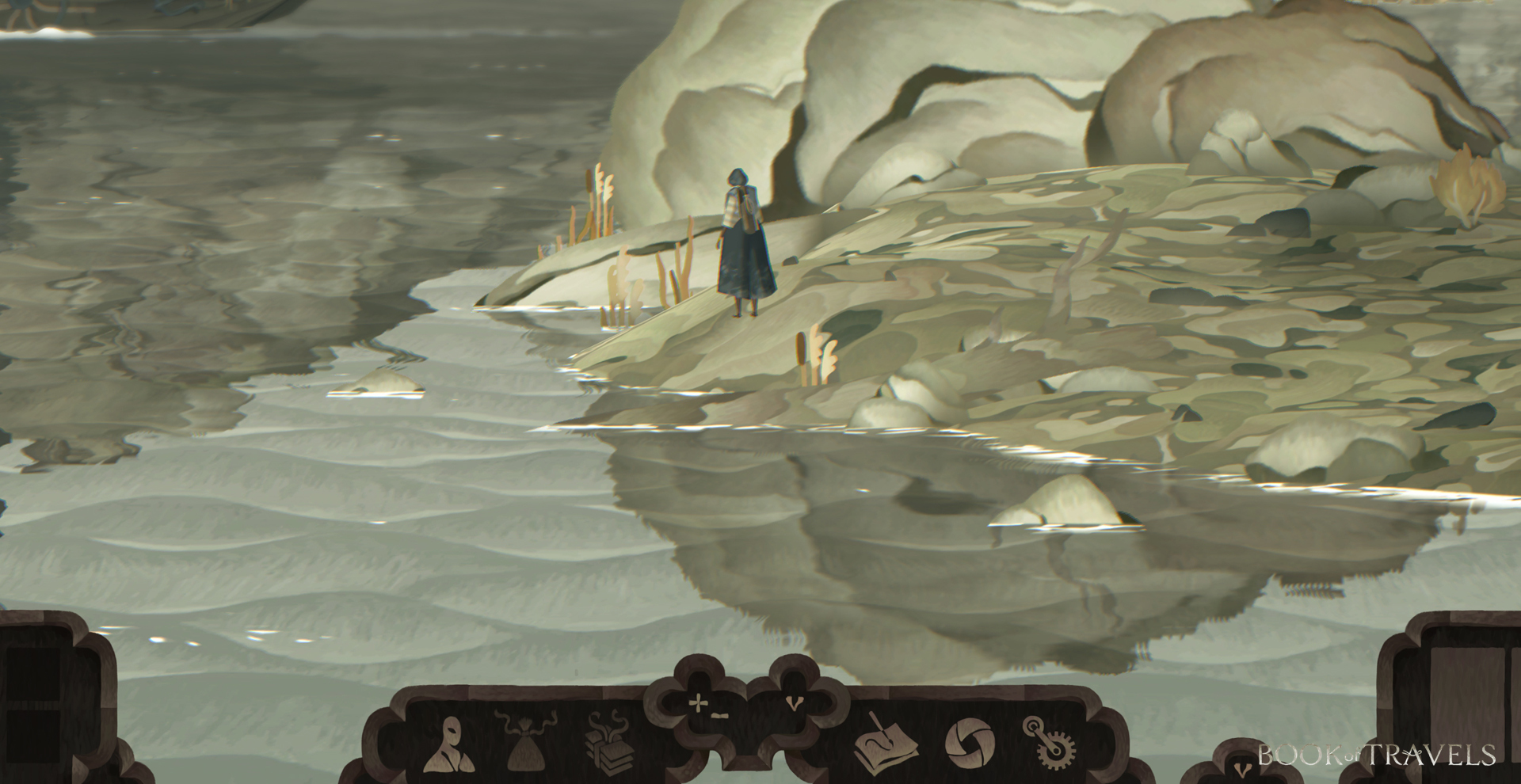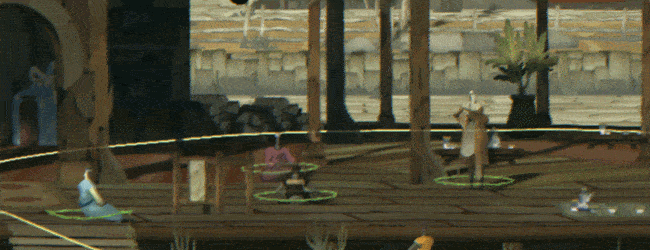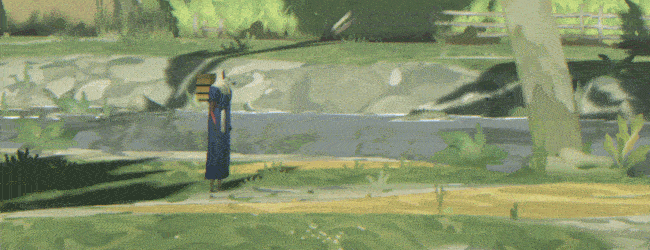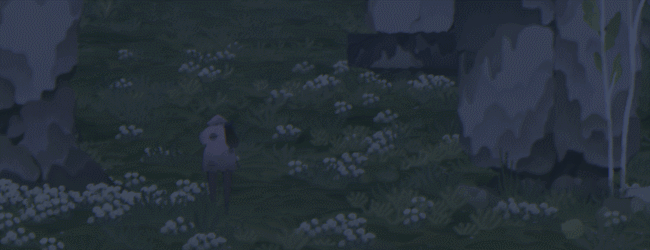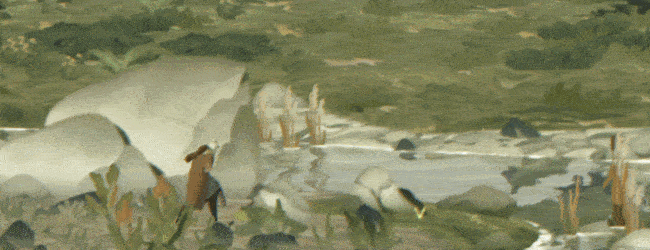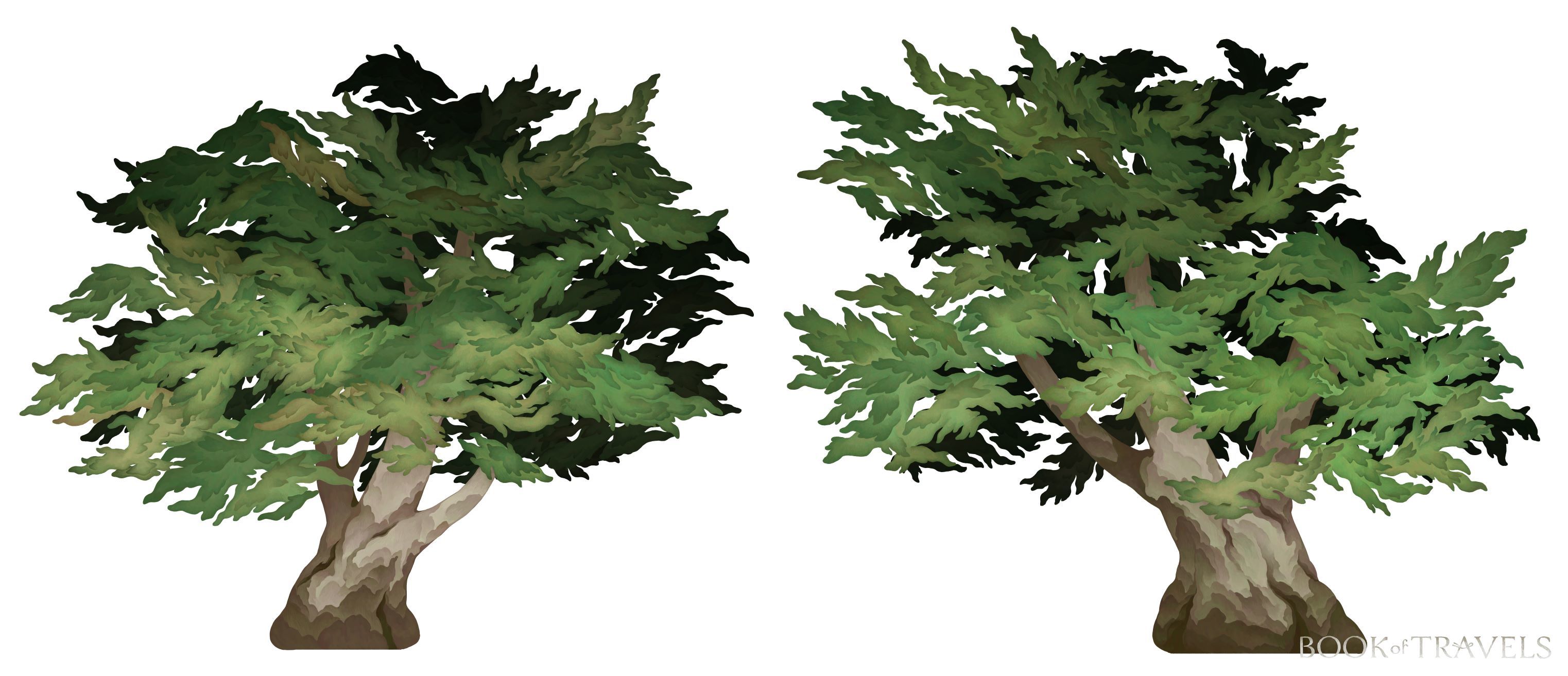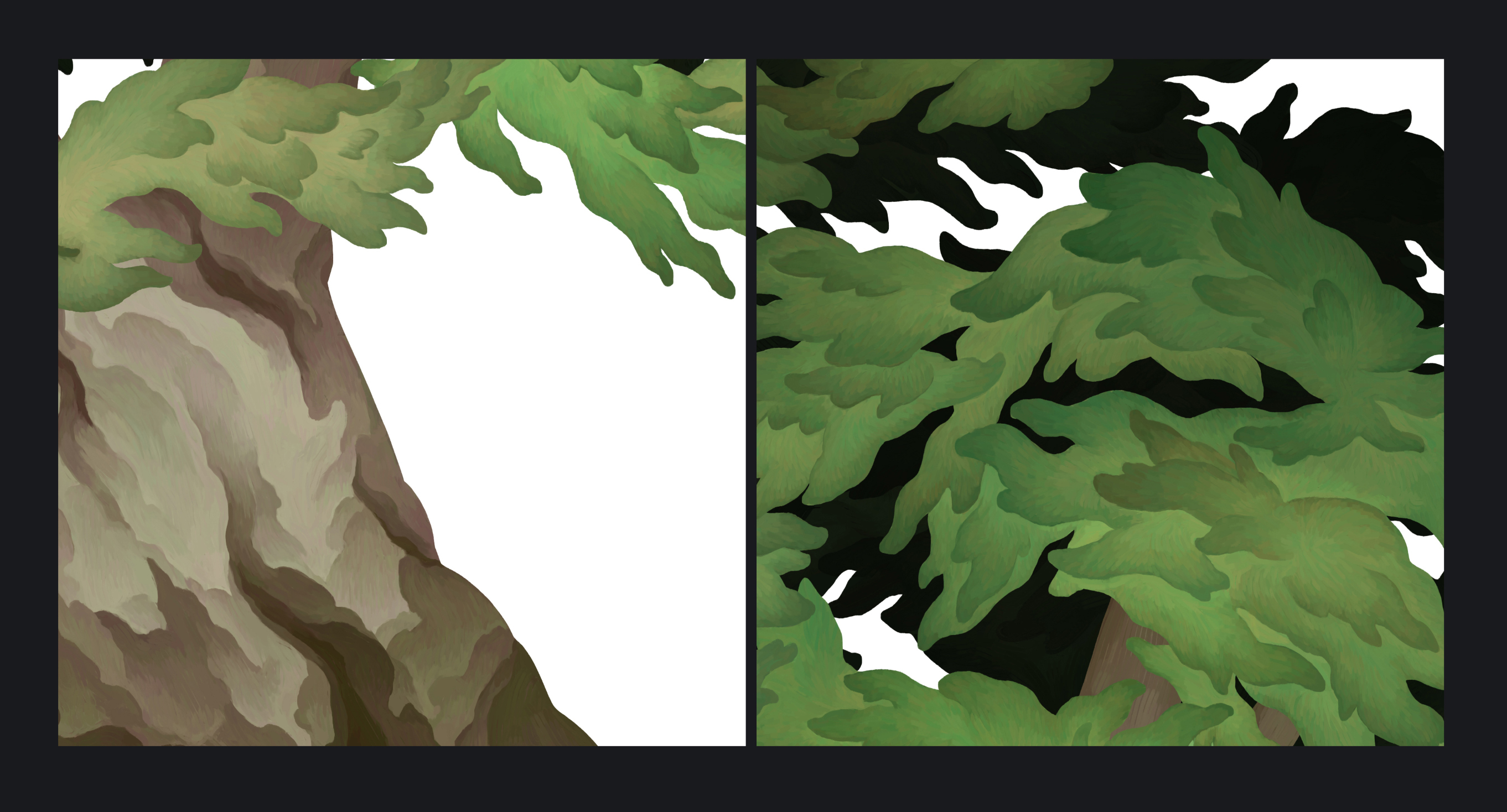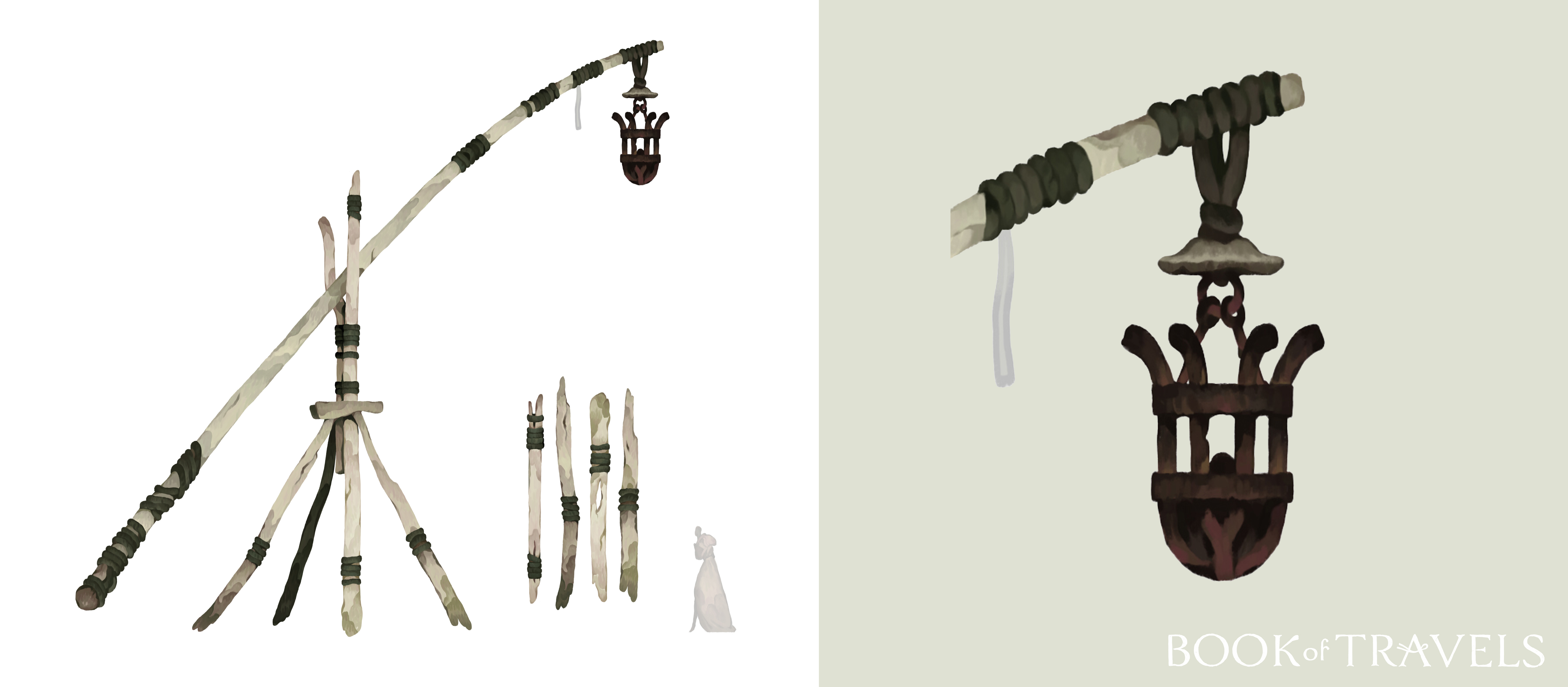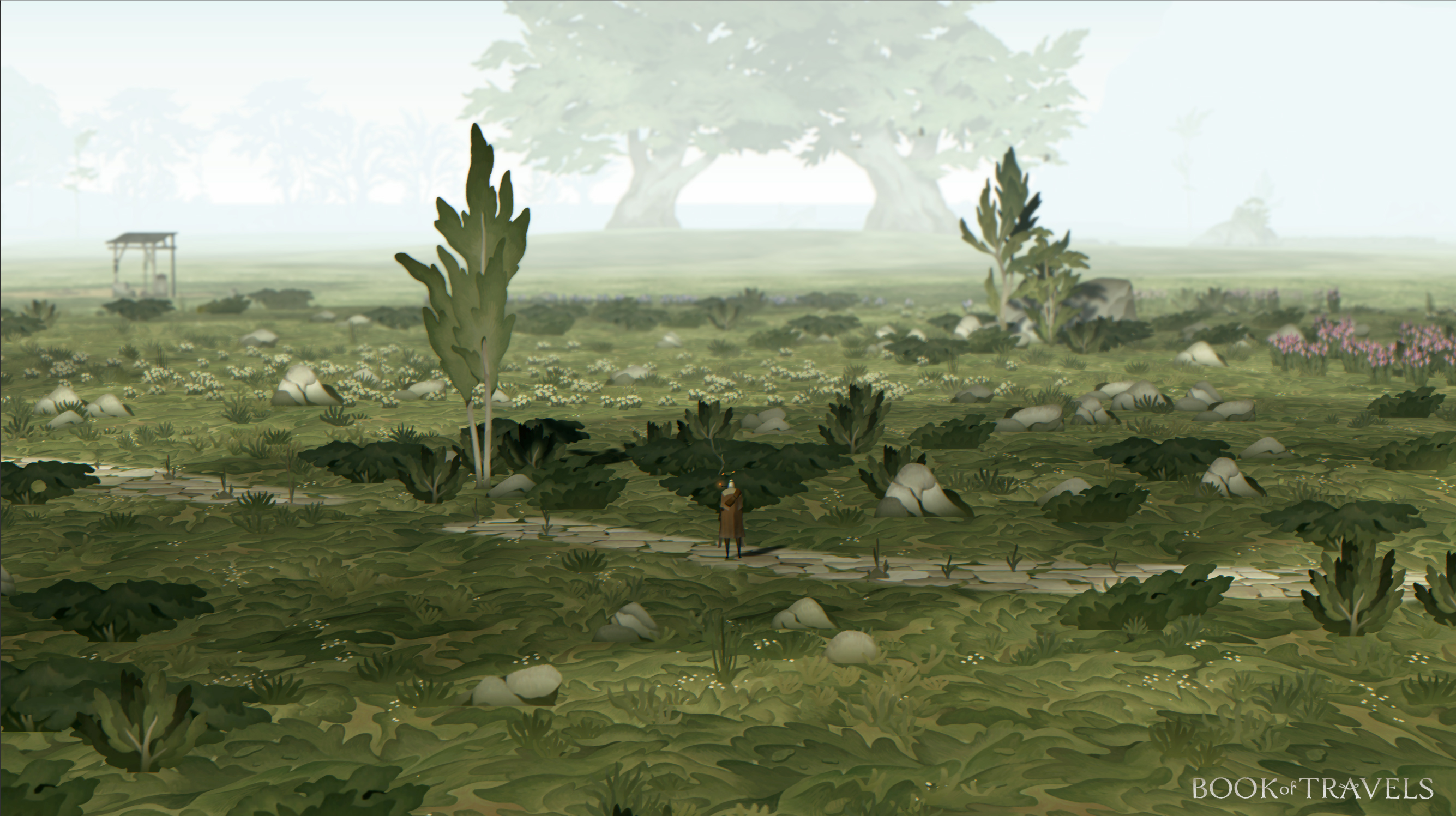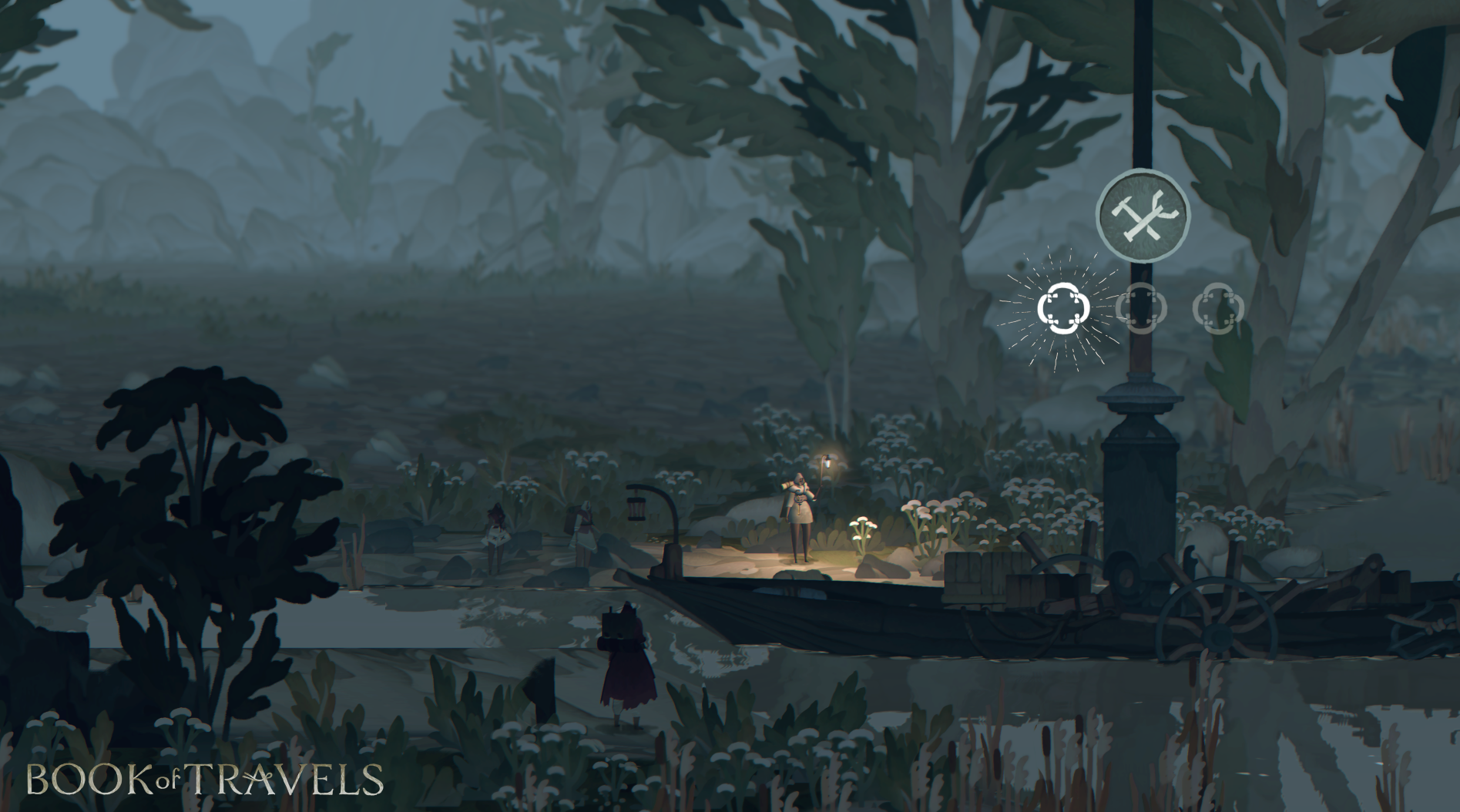
Sep 29, 2020
Book of Travels - MaD_Helen

Game Designer Beta was brought onto team to help balance the play experience in Book of Travels. Currently she's working on resources distribution across Early Access levels alongside colleague Andreas Wangler. We're super excited to have Beta with us all the way from Brazil! Here's her Q&A – we hope you like it, and if you want to ask her any questions, pop them in the comments section!
Where have you been until now?
My arrival in Sweden happened in 2017, after working as a game designer in different Brazilian studios – Aduge, Aquiris and Black River. Here in Sweden, I studied Serious Games in the University of Skövde and worked at Attractive Interactive in Karlskrona.How did you find your way to Might and Delight?
After playing Tiny Echo, I got inspired to reach out to the studio. Joel [Studio Manager] was super sweet and invited me for a coffee. It wasn’t until 2018 I managed to get there, and it was such an inspiring day! What do you most enjoy about your work at Might and Delight?
The nurturing environment and kindness of everyone. No wonder the studio creates such unique heartfelt experiences. It seems very natural to me that the games are what they are. After all, they carry bits of several beautiful souls.What are you most excited about with Book of Travels?
To me it’s the fact that the game is built around the aesthetics of serenity. That, combined with the genre defying aspect – a TMO instead of an MMO – frees me up to explore so many unique designs.What do you love doing when you're not working?
Making more games? That shouldn't count, right hahah! A few years ago I rediscovered nib calligraphy and that's been a passion again. Either writing or drawing with nibs.Do you have a favourite game?
Kentucky Route Zerohttps://store.steampowered.com/app/1152340/Book_of_Travels/




